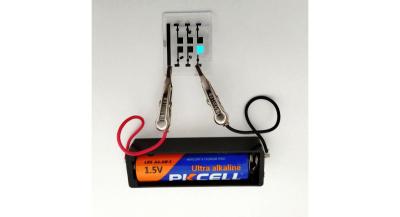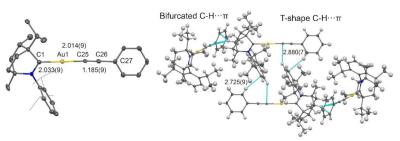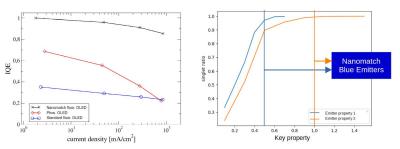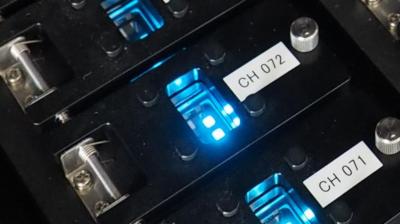Researchers report a record 3.2 Gbps data rate for OLED based communication, using WDM with high speed RGB OLED emitters
Researchers from the University of St Andrews, led by Prof. Ifor Samuel, have designed an OLED based communication device that achieves a record data rate of 3.2Gbps.

To realize this achievement, the researchers developed high-speed red, green and blue emitting OLED devices, on a single substrate. Using wavelength division multiplexing (WDM), the three OLED devices are emitting at the same time. By selecting fluorescent materials with nanosecond emission lifetimes and little overlap between their emission spectra, the researchers achieved a -6b dB electrical bandwidth of over 100 Mhz.
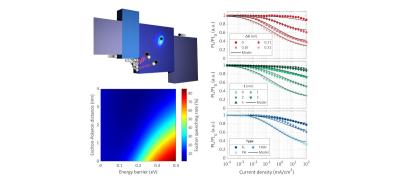

 Now there's a new report in Korea that claims that UDC's blue PHOLED project is facing technical challenges, and UDC is still not able to achieve a long-lasting blue emitter at the right color point. It will be interesting to know whether UDC addresses this issue in its next investor conference call (May 2nd).
Now there's a new report in Korea that claims that UDC's blue PHOLED project is facing technical challenges, and UDC is still not able to achieve a long-lasting blue emitter at the right color point. It will be interesting to know whether UDC addresses this issue in its next investor conference call (May 2nd). 